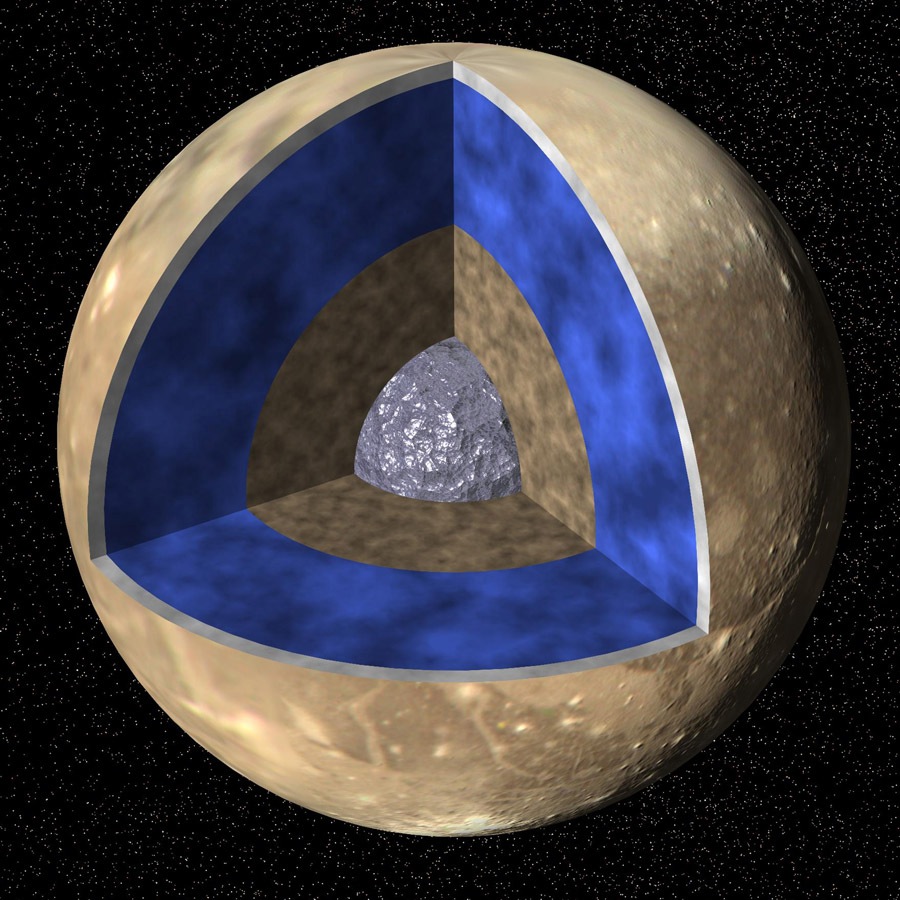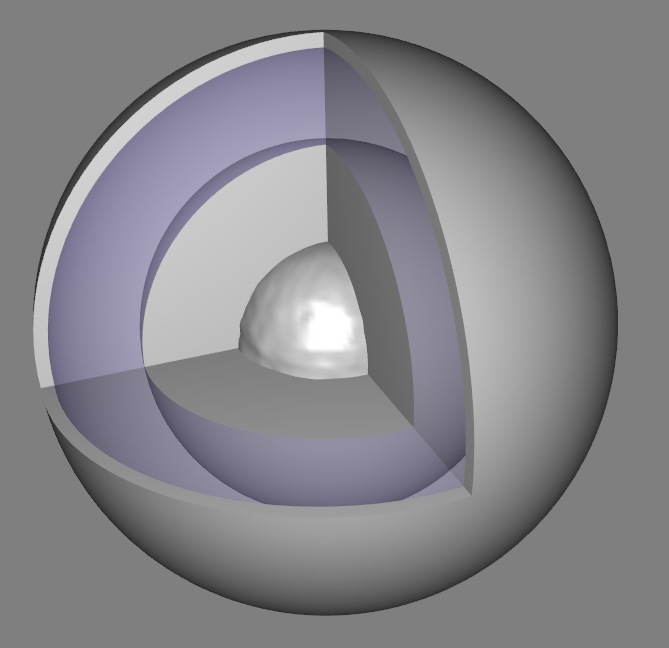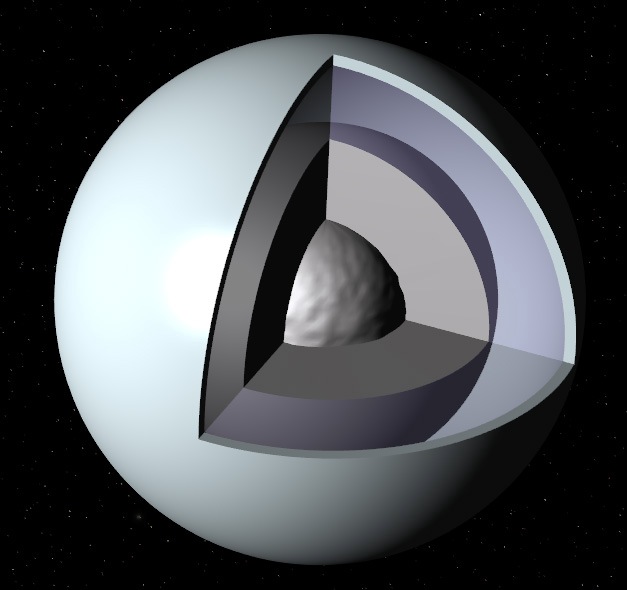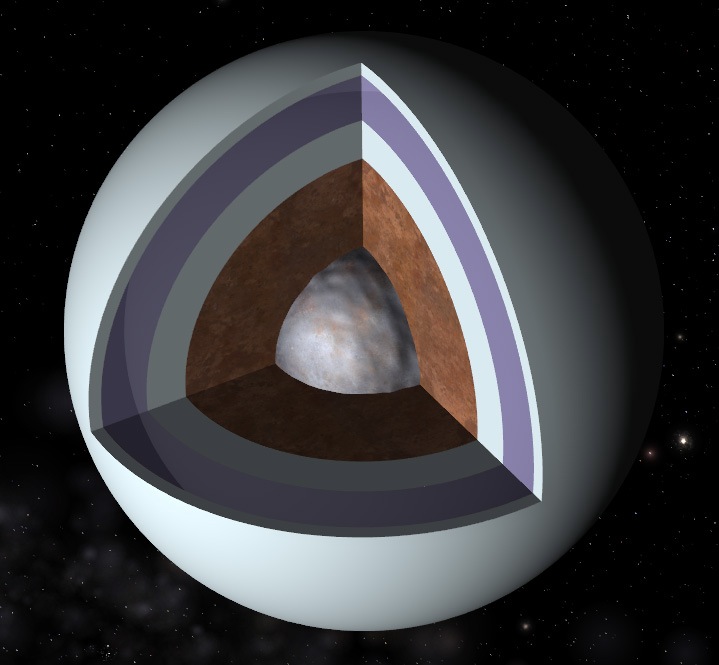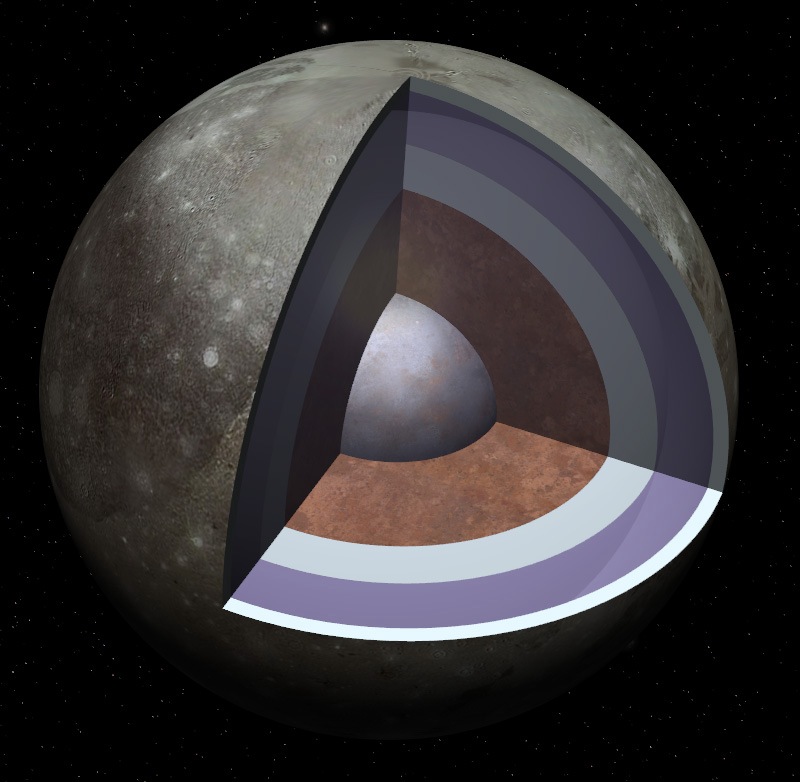Aphyle2007 wrote:On a related note, it might be useful to label the static model (as you have shown) on one side, and a dynamic model (lithosphere, asthenosphere, etc.) on the other side.
Question - could one model vertical convection? Descending subducted plates? It would be cool to combine the magnetic Earth model with convection cells in the outer core. Not that I have any idea how to do this, but it would be cool for geologists and Earth science teachers.
The idea to have another truncation on the other side is interesting.
I already experimented the convection. It can work. However, I was experiencing some troubles with depth sorting of the convection planes, so I'm not sure I could achieve a satisfying effect.
There's a possibility to merge my magnetic field lines with the Earth model. I'm still not convinced it will give a good result. I suspect it will be messy and confusing, all in 3D.
I was also thinking about lithosphere details (subduction, continental thickness, etc). This is much harder to do, and will raise considerably the number of polygons. But the idea is still playing with my mind


